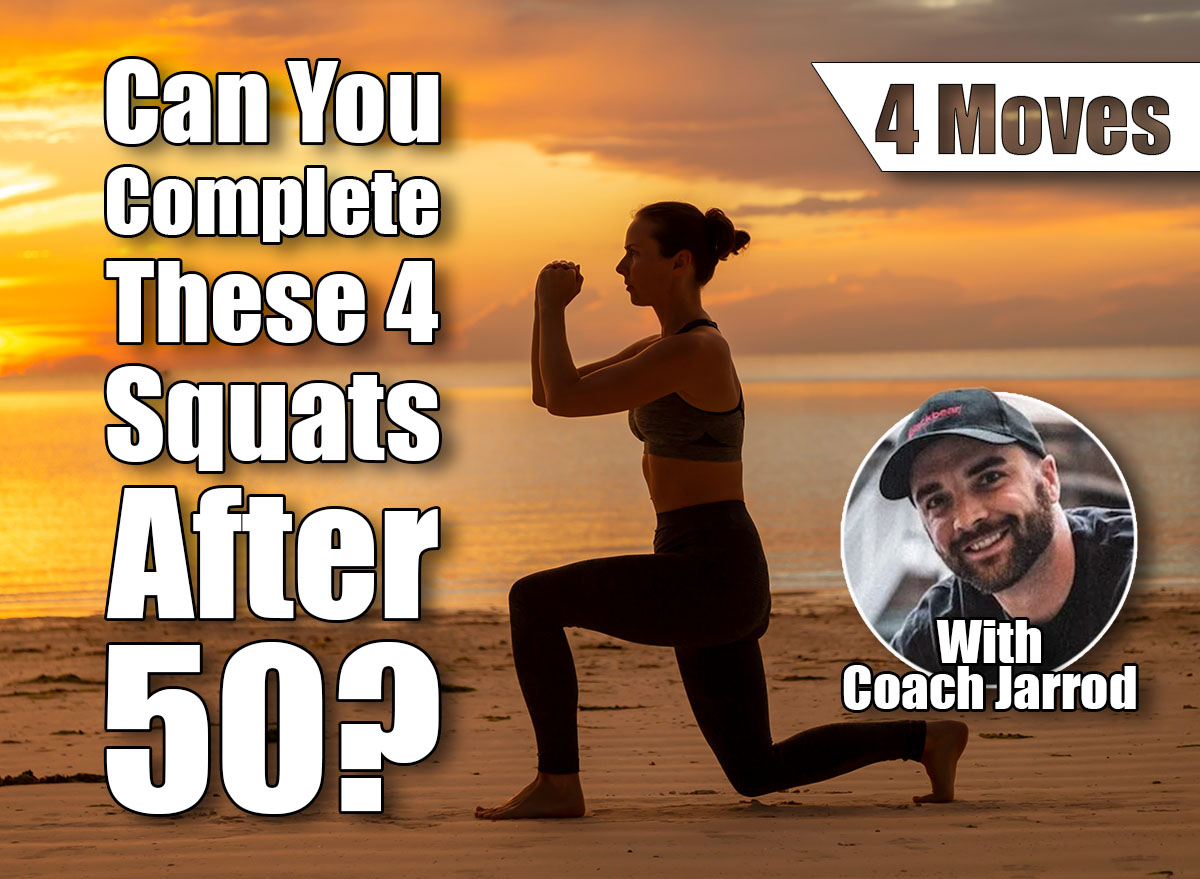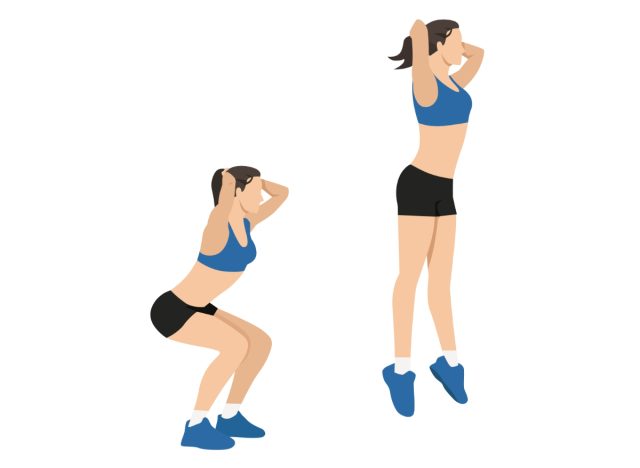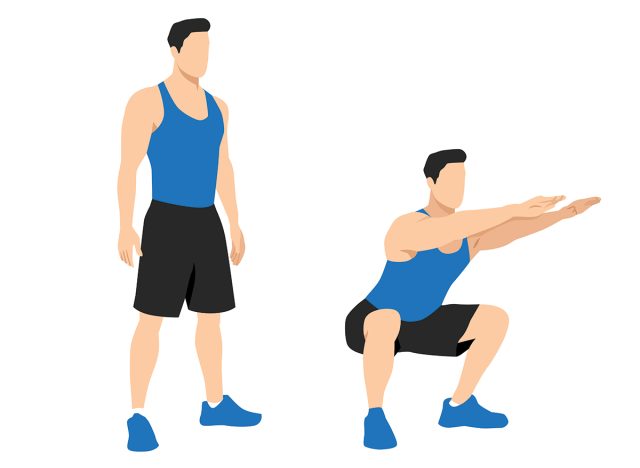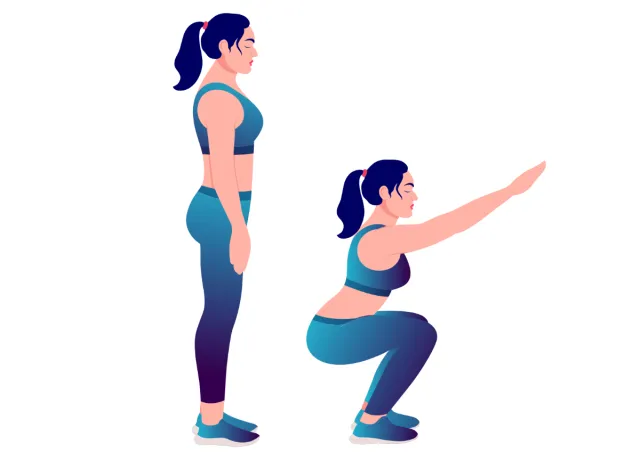If You Can Do These 4 Squats Without Stopping, You’re Stronger Than Most People Over 50

When you hit your 50s, your lower body strength becomes one of the most important indicators of long-term health and independence. Your legs power every step, squat, and movement throughout the day. And if you’re not challenging them regularly, you’re losing valuable muscle, power, and joint stability. However, you can test and build your strength right now using only your body weight.
This four-squat test targets strength, endurance, balance, mobility, and power all in one. If you can knock out these movements without rest, you’re stronger and fitter than most people your age—and you’re better equipped to stay active, confident, and injury-free.
In the sections below, you’ll discover the benefits of testing lower body strength, how to do each squat variation with proper form, and exactly how to complete the challenge. Ready to see how you stack up?
The Best Benefits of Testing Lower Body Strength
Lower body strength goes beyond how much weight you can lift. It’s about how well your legs support you in everyday life. Testing that strength offers significant physical and mental benefits:
- Stronger joints and bones to reduce injury risk and prevent age-related decline
- Improved balance and stability for safer movement in everyday life
- Boosted muscle endurance so you stay energized longer
- Better power output for activities like climbing stairs, hiking, or carrying groceries
- Increased confidence and independence through functional fitness
The Squat Variations
Squat #1: Jump Squat

How to Do It:
- Stand with your feet shoulder-width apart.
- Lower into a squat by pushing your hips back and bending your knees.
- Explode up into the air by jumping as high as you can.
- Land softly and immediately return to your squat for the next rep.
- Keep your chest up and your arms moving naturally to maintain balance.
Squat #2: Bodyweight Squat

How to Do It:
- Stand tall with your feet shoulder-width apart.
- Push your hips back and bend your knees to lower into a squat.
- Keep your chest lifted and core tight.
- Lower until your thighs are parallel to the floor.
- Drive through your feet to stand back up.
- Repeat without pausing at the top.
Squat #3: Bodyweight Pause Squat

How to Do It:
- Stand with your feet shoulder-width apart.
- Lower into a deep squat, keeping your heels flat on the ground.
- Hold the bottom position for a full 3 seconds.
- Keep your chest tall and knees in line with your toes.
- Drive through your feet to stand tall.
- Go right into the next rep without resting.
Squat #4: Split Squat

How to Do It:
- Stand in a staggered stance with one foot in front and one behind.
- Lower your back knee toward the floor, keeping your front knee over your ankle.
- Push through your front heel to stand back up.
- Keep your torso upright and core braced.
- Complete reps on one side for 30 seconds, then switch legs.
How to Perform the 4 Squat Test
Here’s how to put it all together for a simple, no-equipment test that challenges your strength, control, and conditioning:
- Perform each squat variation for 30 seconds, aiming for consistent form and effort.
- Rest 15 seconds between each squat type.
- For the split squats, perform 30 seconds on one leg, then immediately switch to 30 seconds on the other.
- Your goal is to complete the entire sequence without stopping (outside the built-in rest periods).
This test will challenge every major muscle group in your lower body and reveal your current level of strength. If you can complete all four movements with control and consistency, you’re outperforming most people your age—and proving that age is just a number when it comes to strength.